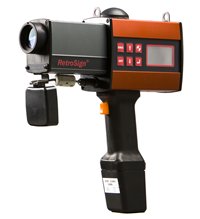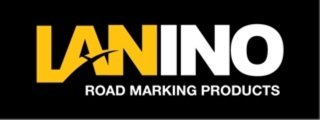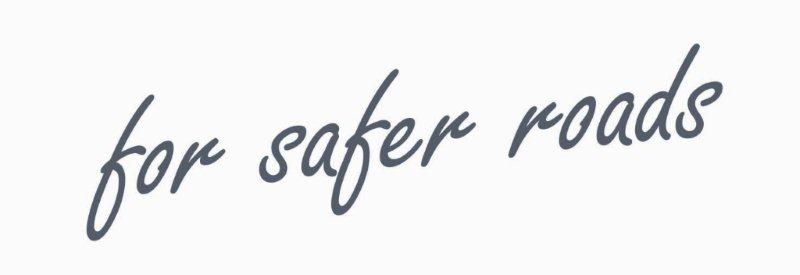
Quality assurance for safer roads.
Retro-reflectivity.
What is retro-reflectivity of road markings?
Retro-reflectivity is the term used to describe the amount of light reflected back to the driver from the road markings and is an indication of the visibilty of the markings at night.
Retro-reflectivity will be determined by the amount and quality of glass beads on and/or in the paint as well as the quality of the paint. For instance the type, quality and proportion of resins and pigments in the paint will influence the durability and retro-reflectivity of the final product. The quality of glass beads are important to ensure high retro-reflectivity and durability.
It is important because highway statistics indicate that you are three times more likely to have a road accident at night versus during the day.
DELTA Instruments were developed in order to objectively monitor the optical performance of today’s traffic control signs and markings. Located in Denmark, DELTA is a world leader in the development of photometric instruments to measure the retro-reflectivity of pavement markings and sign sheeting.
Road marking management programs, securing minimum values for visibility, can help reduce accidents, save money and provide valuable information for asset utilisation. Likewise service performance and economy can be improved when maintenance decisions are based on monitoring and not on fixed replacement intervals.
South African standard: SANS 6261:2008. Paints and varnishes - Determination of coefficient of retro-reflected luminance by means of a portable retro-reflectometer.
What are the benefits of measuring retro-reflectivity?
Road markings can be monitored to ensure that the existing markings comply to the required visibility. If it does not comply the markings can be re-painted.
The instrument can be used to ensure that the new marking system is applied correctly so that the initial required retro-reflectivity is achieved. This is the first step of ensuring quality.
If the markings are monitored over time it offers the means to determine if the road marking system i.e. paint, beads and application is up to standard. If either the paint, beads or application are not up to standard the required values will not be reached. This concept is used in performance contracts. It allows one to monitor the work without measuring the paint and bead application under construction and offer the additional benefit of ensuring proper application because the quality of application is often not apparent while application takes place. For example the paint and bead application rates can be correct but proper embedment of beads into the paint might not be achieved. One can only achieve a high standard of work if the whole system i.e. paint, beads and application is correct.
Why use LTL-XL to measure road marking visibility?
It has long been recognised that visibility of road markings is essential for efficient traffic flow and road safety. Therefore, the retro-reflectivity of roadmarkings must be tested regularly. For the sake of safety, performance and economy, maintenance decisions should be based on measurements.
In all these situations, it is vital that the measurements are reliable.
The LTL-XL reflectometer is the preferred choice of professionals. Designed for professionals, the LTL-XL, with its advanced technology can measure day and night time visibility of all types of road markings at a simulated distance of 30m with the highest level af accuracy.
Delta retro-reflectometers are considered to be the standard for measuring retro-reflectivity of road markings in South Africa. Acceptance control on all performance contracts in South Africa is being done with Delta LTL retro-reflectometers.
Performance contracts where the Delta LTL instruments have been and are used:
- City of Tshwane.
- National roads in Kwazulu Natal and Freestate. 2006, 20011 to 2013, 2017, 2018.
- National roads in Gauteng, Mpumulanga, Limpopo and North West provinces. Since 2001.
- The Toll roads around Johannesburg. 2012 to 2015
- National roads in the Eastern Cape. First performance contract for them in 2005, 2011, 2012, 2013.
- Gautrans provincial roads. 2013 to 2015.
LANINO is the exclusive dealer in South Africa for the following DELTA instruments:
LTL-XL
For measuring the retro-reflectivity of road markings with a texture depth up to 5mm. Also measure QD (day time visibility)
Measurement time: RL or QD: 1 sec. / RL & QD: 3sec.
Profile height: 5mm
Weight: 7 kg
Data memory and transfer: 200 000 measurements. USB
Automatic stray light compensation.
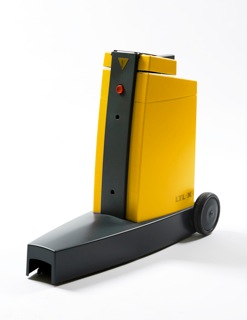
LTL-M
RL. Measurement time: Continuous measurement of road markings and road stud at traffic speed.
Profile height: 25mm
Weight: 12,5 kg
Data memory and transfer: Data storage on hard drive/notebook/PC
Measure presence of road studs.
Display results on Google Earth.
Optional, overhead video camera.

LTL-X
For measurement of retro-reflectivity of road markings with a texture depth up to 15 mm. Used for profiled markings. It does not measure QD (day time visibility).
Measurement time: RL: 0,5sec.
Profile height: 15mm
Weight: 9 kg
Data memory and transfer: 1 000 measurements. USB
Automatic stray light compensation.
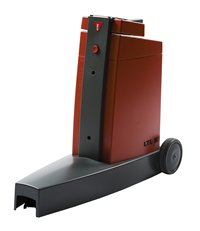
Retrosign GR3
For measuring retro-reflective sheeting on road signs.
Measurement time: 2sec.
Parameter: All types of road signs and retro-reflective materials.
Weight: 2,1 kg.
Entrance angle: EN: +5
Observation angle GR3: EN: 0.33, 0.5, 1.0
Data Memory and transfer: 250 000 measurements, USB.
